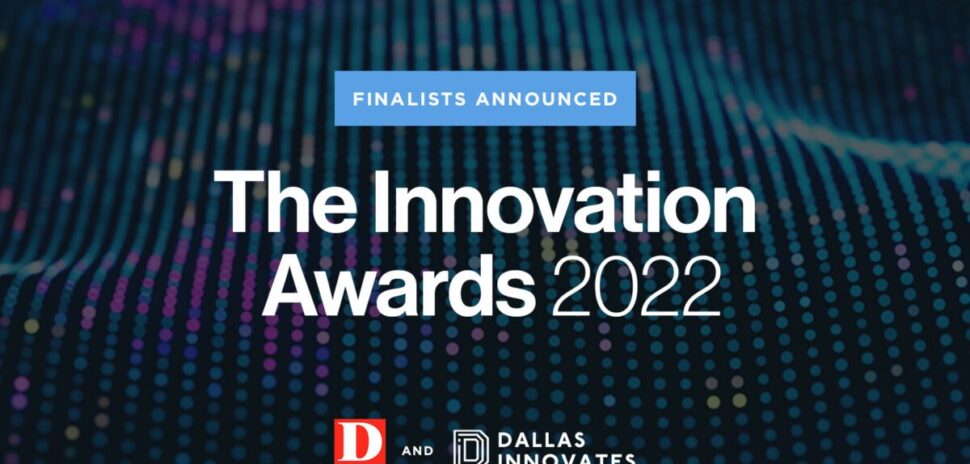There are few people in the world who don’t know the endless frustration that comes with spam and robocalls, and that’s especially true in Dallas-Fort Worth. Hiya, a data collector cited by the FCC’s February 2019 report on robocalls, notes Dallas is the No. 1 most robo-called region, with Fort Worth trailing directly behind.
But, when it comes to mobile security and disruptive phone calls, robocalls are just the tip of the iceberg—and one Dallas startup aims to do something about it.

[Photo: Rebeca Posadas-Nava]
Jim McDonald, founder and CEO of Captra, calls his startup a mobile privacy solution with nearly endless use cases. Dubbing Captra a ‘Smart Second Number for Smart People,’ he says it’s a gamechanger for doctors, lawyers, teachers, students, online-dating singles, independent contractors, municipal workers, police officers, high net-worth individuals, journalists, and more.
“I set out to develop a solution that removes the fear of making connections using a cell phone,” McDonald says.
So, what’s the big deal with mobile privacy? McDonald says sharing your phone number today comes with a fear that almost exceeds the one that comes with giving out your social security number. In fact, he says the consequences of sharing your mobile number equates to having it “literally leaking out on the virtual, proverbial bathroom wall.”
In short, Captra uses an encrypted technology that only allows whitelisted calls to come into your phone. Each user is assigned a “vanity number,” a fake phone number that routes back to the user’s real number.
Here’s how it works: To get started, User One visits captra.com, or downloads Captra’s app, to set up an account. He or she then provides information to set up an account, which is then kept private and encrypted.
Next, User One sends a command line in a standard SMS message to contact User Two. The second user will be shown the “vanity number” instead of User One’s real number, and vice versa; User One will also see a vanity number for User Two.
This is when Captra’s privacy capabilities really kick in.
If, for example, User Two gets angry with User One and decides to take out some frustration, he or she could share User One’s Captra number online, write it on a bathroom wall, or sell it to a spammer. But, when a bad actor uses that number to contact User One, they’ll be told by an automated voice on the line that the number can’t be reached—and User One will be none the wiser.
In addition, Captra’s paid feature adds other capabilities, such as custom extensions that can be used for bulk calls like Craigslist listings or specific events, letting the user collect analytics and understand who a caller is before connecting with a stranger.
Captra can serve even the most discerning mobile phone users, who are equally at-risk for having their numbers shared, McDonald says. Something as simple as an email could put them at risk.
Some computer viruses, he says, are known to troll emails for phone numbers, collecting and misusing them. “Giving up your phone number one time to somebody, that basically opens up a Pandora’s box for that phone number to be leaked out into the darkness of the internet,” he says.
Captra provides two-way protection, meaning that each user will receive calls and texts from whitelisted numbers only, McDonald says. And although it’s not a quick fix for spam calls, it does have the potential to eliminate or lessen them over time.
McDonald is no stranger to competition in the mobile privacy marketplace, but he says Captra is different from services like Google Voice because it has the ability to whitelist and blacklist numbers.
He refers to Google Voice as an “open door” line, meaning spammers can still contact the user, distracting them with a ringing phone. In fact, he suggests services like these can double the number of spam calls a user receives each day.
“What they’re doing is finding hacks and workarounds and masking the problem,” he says. “ It’s almost like there’s a giant, rotting whale in the middle of the room, and everybody’s handing out deodorant instead of getting rid of the whale. What I’m trying to do is get rid of the whale.”
McDonald’s team currently consists of two employees, himself and a developer. This, he says, could change after an upcoming round of seed funding he hopes to close in the coming months.
Captra is a mostly bootstrapped startup, aside from some angel funding amounting to around $100,000. His second round of funding aims to raise $1 million, he says. If it goes well, he aims to expand his team to some five employees.
Captra’s patent-pending technology has already launched, with McDonald planning a general availability launch for next month. His next major goal, aside from completing his next funding round, is to achieve 10,000 users in the next six months, then launch internationally.
![]()
Get on the list.
Dallas Innovates, every day.
Sign up to keep your eye on what’s new and next in Dallas-Fort Worth, every day.
































